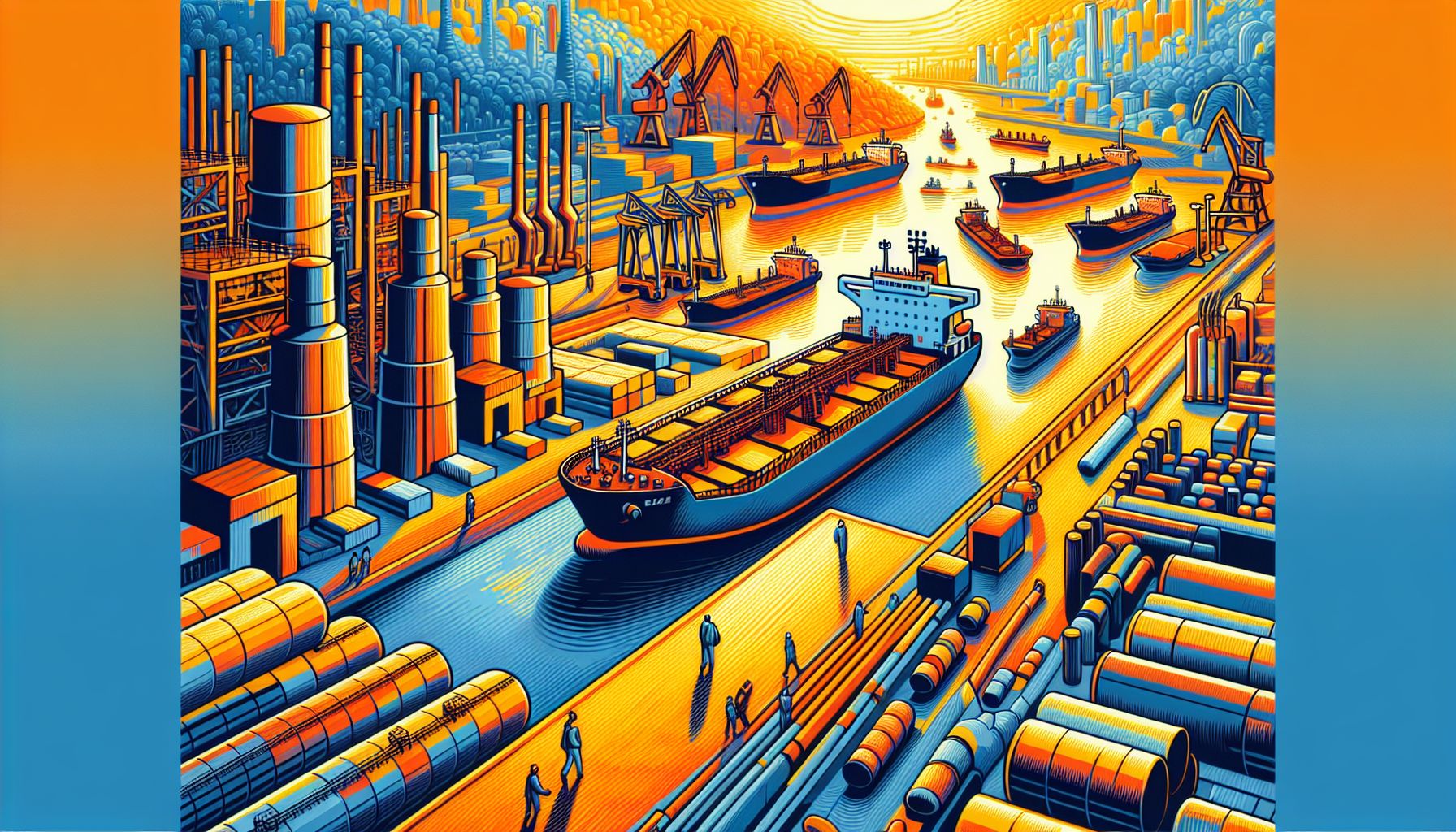India's Crude Oil Imports from Russia Skyrocket, Reshaping Global Oil Trade

India, Thursday, 8 August 2024.
India’s Russian crude oil imports have surged 1000% since 2021, now accounting for 40% of its total imports. This shift, driven by discounted prices following Western sanctions, has significantly altered global oil trade patterns and tanker routes.
A Strategic Shift in Energy Sourcing
India’s decision to increase its crude oil imports from Russia is a strategic move in response to the changing dynamics of the global oil market. The EU and US sanctions on Russia, imposed post-Ukraine invasion, have pushed Russia to seek new buyers for its oil. India, seizing the opportunity to secure oil at discounted prices, has significantly ramped up its intake of Russian crude oil. This shift has led to India sourcing 40% of its crude oil imports from Russia, averaging 1.6 million barrels per day (mbpd) in 2024[1].
Impact on Global Oil Trade
The increased imports of Russian crude oil by India have had a profound impact on global oil trade patterns. Before the sanctions, Russia’s seaborne crude oil exports primarily went to the EU and US, which accounted for about 65% of its exports. However, the sanctions have redirected these exports to new markets, with India emerging as a significant player. India’s share of Russia’s seaborne crude oil exports has consistently been in the range of 35-40% since mid-2023[2].
Changes in Tanker Routes and Fleet Composition
The shift in India’s crude oil sourcing has led to notable changes in tanker routes and the composition of the tanker fleet. The average sailing distance for crude oil tankers has increased by 25% compared to 2021, resulting in a 10% rise in the average sailing distance and an 8% increase in total tonne miles. Furthermore, there has been a shift in the types of tankers used, with Aframax and Suezmax tankers now accounting for 55% of the imports, while the use of Very Large Crude Carriers (VLCCs) has decreased. Additionally, the age profile of ships discharging in India has become older, with the average age increasing by four years and the share of ships older than 20 years rising from 2% to 13%[3].
Economic and Environmental Implications
The economic implications of India’s increased imports of Russian crude oil are multifaceted. On one hand, India benefits from the discounted prices of Urals crude oil, which is supposed to adhere to the G7 coalition’s price cap of $60 per barrel or less[2]. On the other hand, the increased tanker routes and older fleet composition may have environmental implications, including higher emissions due to longer sailing distances and the use of older vessels. This situation underscores the complex trade-offs between economic benefits and environmental sustainability.
Future Outlook
Looking ahead, the International Energy Agency (IEA) predicts that while the current levels of Russia-India trade are likely to continue under existing sanctions, India’s rising oil demand may eventually outpace Russia’s production capabilities. This could compel India to seek alternative suppliers to meet its growing energy needs. The evolving dynamics of global oil trade, driven by geopolitical events and market forces, will continue to shape the strategies of major oil-importing countries like India[4].

